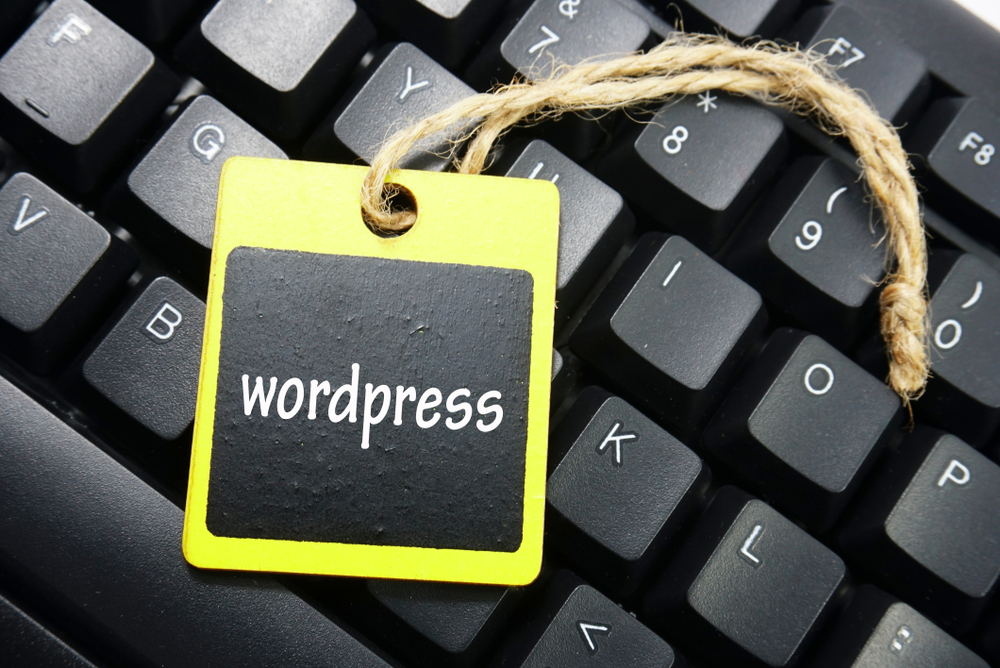
Do weblog website you want to connect with your audience on a deeper level? Are you looking to establish yourself as an authority in your industry? If so, blogging may be the answer you're looking for. With the rise of digital media and online marketing, weblog have become a powerful tool for businesses and individuals to share their expertise, showcase their products or services, and connect with their target audience in a more personal way.
The Power of Blogging
blog website have the power to drive traffic to your website, increase your online visibility, and build credibility and trust with your audience. By consistently creating high-quality, engaging content, you can attract and retain loyal readers who will keep coming back for more. This not only helps to establish your brand, but it also can lead to increased leads, sales, and overall success for your business.
But in order to reap the benefits of blogging, you need to create content that captivates your audience and keeps them coming back for more. Here are some tips on how to create captivating content for your blog:
Know Your Audience
The key to creating captivating blog content is knowing who your audience is and what they are interested in. Take the time to research your target demographic, understand their needs, wants, and pain points, and tailor your content to appeal to them. By addressing their specific concerns and providing valuable, relevant information, you can keep your readers engaged and coming back for more.
Create Compelling Headlines
One of the most important aspects of a successful blog post is the headline. Your headline is the first thing that readers see, and it can determine whether or not they click through to read the rest of your content. Make sure your headlines are attention-grabbing, concise, and relevant to the content of your post. Use power words, numbers, and emotional triggers to entice readers and make them want to learn more.
Provide Value
When creating blog content, always aim to provide value to your audience. Whether you're sharing tips and tricks, industry insights, or personal stories, make sure that your content is informative, helpful, and relevant to your readers. By providing valuable information, you can establish yourself as an authority in your niche and build trust with your audience.
Engage Your Audience
Engagement is key to building a loyal following for your blog. Encourage reader interaction by asking questions, inviting comments, and responding to feedback. You can also create polls, quizzes, or surveys to get your audience involved and invested in your content. By fostering a sense of community and dialogue, you can keep your readers coming back for more.
Include Visuals
Visual content is essential for capturing your audience's attention and making your blog posts visually appealing. Include high-quality images, videos, infographics, and other visual elements to break up the text and make your content more engaging. Visuals not only enhance the reader's experience but also help to convey information in a more digestible and memorable way.
Optimize for SEO
Search engine optimization (SEO) is crucial for driving organic weblog site traffic to your blog. blog By optimizing your content for relevant keywords, meta tags, and headings, you can improve your search engine rankings and make it easier for readers to find your blog. Incorporate keywords naturally throughout your content, and make sure your blog posts are well-structured and easy to navigate.
Stay Consistent
Consistency is key when it comes to blogging. To keep your audience engaged and coming back for more, you need to publish new content regularly. Create a content calendar and stick to a consistent posting schedule to ensure that your audience knows when to expect new posts from you. By staying consistent, you can build momentum, establish brand recognition, and keep your readers hooked on your content.
Frequently Asked Questions
1. How often should I post on my blog?
It's important to find a posting schedule that works for you and your audience. Some bloggers post daily, while others post weekly or bi-weekly. The key is to stay consistent and provide valuable content on a regular basis.
2. How long should my blog posts be?
There is no one-size-fits-all answer to this question, as the ideal length of a blog post can vary depending on your audience and your content. However, aim to provide enough information to fully address the topic at hand, while keeping your posts concise and engaging.
3. How can I promote my blog and attract more readers?
There are many ways to promote your blog and attract more readers, including sharing your posts on social media, engaging with other bloggers in your niche, optimizing your content for SEO, and guest posting on other websites. Experiment with different promotion strategies to see what works best for you.
4. How can I monetize my blog and make money from my content?
There are several ways to monetize your blog, including affiliate marketing, sponsored content, selling digital or physical products, offering services, and displaying ads. Experiment with different monetization strategies to see what works best for your blog and your audience.
5. How can I measure the success of my blog and track my progress?
Track key metrics such as website traffic, engagement (comments, social shares), email subscriptions, and conversions (such as leads or sales) to gauge the success of your blog. Use analytics tools to monitor your progress and make data-driven decisions to optimize your content and your strategy.
Other useful resources